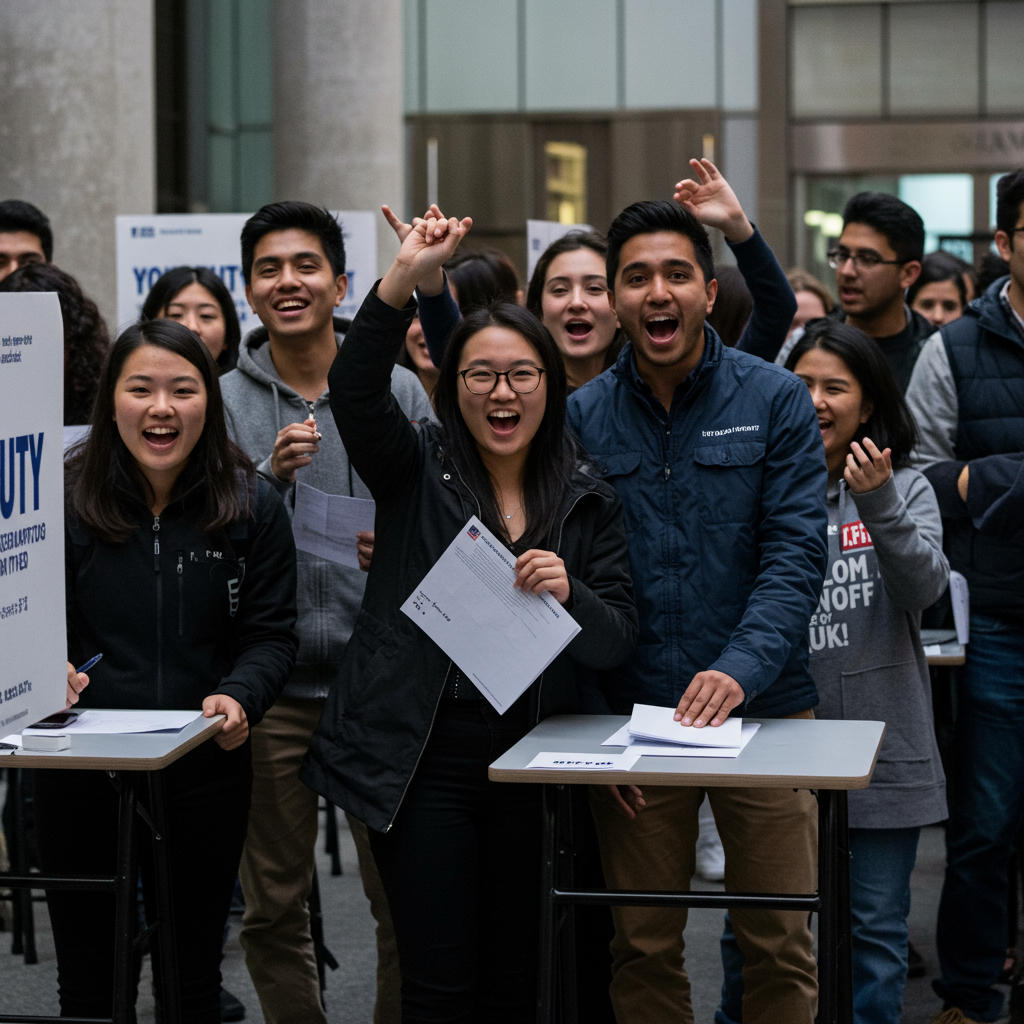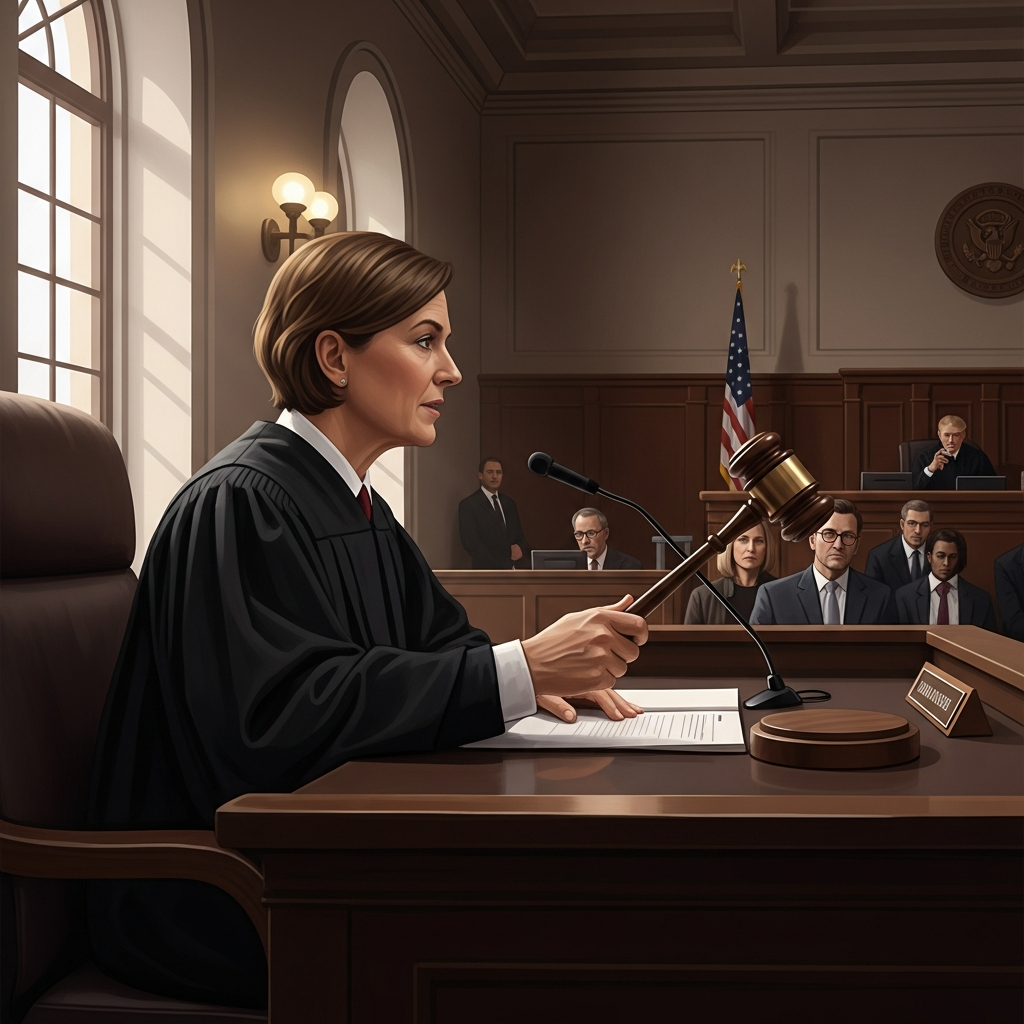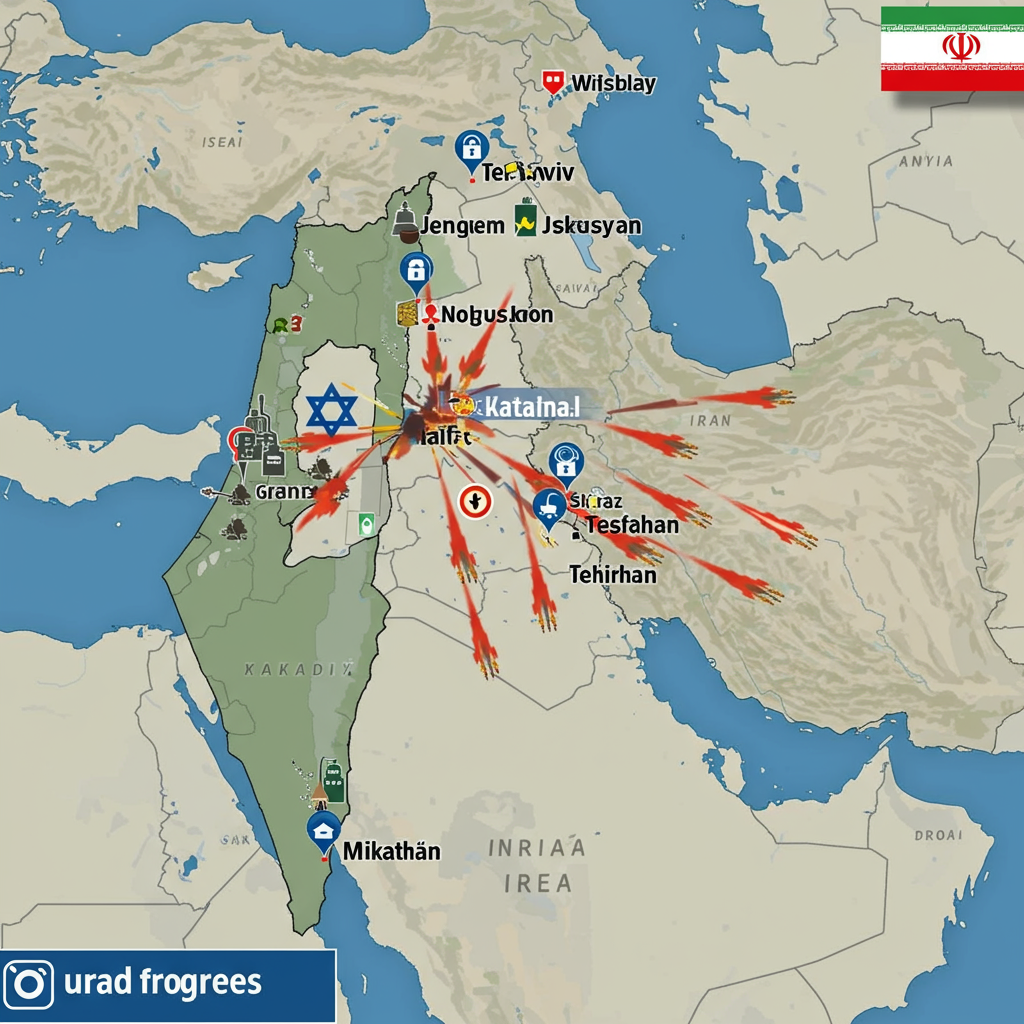New York City’s 2025 mayoral race has captivated attention with an unprecedented surge in early voting, shattering previous records and signaling a dramatic shift in voter demographics. Over 735,000 New Yorkers cast ballots during the nine-day early voting period, a remarkable five-fold increase compared to 2021. This historic turnout, fueled by a significant showing from younger generations, has reshaped the landscape of the NYC mayoral race, hinting at a potentially tight contest between Democratic nominee Zohran Mamdani and independent challenger Andrew Cuomo. The high engagement underscores a renewed public interest in local governance and a dynamic political climate in the Big Apple.
Record-Breaking Early Turnout Redefines NYC Mayoral Race
The final early voting tally soared past 735,317 ballots by Sunday evening. This extraordinary number already represents nearly 14% of the city’s 5.3 million registered voters. Analysts project overall turnout for the November 4 election could reach an impressive 1.5 million to 2 million. Such a figure would mark the first time since the 1989 and 1993 Dinkins-Giuliani contests that the city has seen mayoral election participation approach 2 million people. The surge in early participation, particularly in the final weekend, saw over 100,000 votes on Saturday and more than 150,000 on Sunday, highlighting a palpable excitement among the electorate.
Initially, Baby Boomers (born 1946-1964) dominated the early voting process for the first six days. However, a pivotal shift occurred towards the end of the period. Millennials (born 1981-1996) ultimately cast the most votes on Friday, Saturday, and Sunday. By the close of early voting, Millennials accounted for 28% of all early ballots. This placed them just slightly behind Baby Boomers, who ended with 29% of the total early vote, demonstrating a significant generational rebalancing.
The Ascendance of Younger Voters
One of the most striking aspects of this NYC mayoral election is the undeniable impact of younger voters. Those aged 55 and under comprised 56% of the early vote, effectively reversing earlier trends. Voters between 25 and 34 years old alone made up 20% of the ballots cast. Political scientist Laura Tamman from Pace University called this influx a “meaningful shift.” She emphasized that the question of whether people under 35 would participate has been definitively answered. During the final days of early voting, New Yorkers aged 18-49 significantly outnumbered voters over 50. Approximately 186,843 individuals in the younger demographic cast their ballots, compared to 148,462 older voters.
Experts, however, urge caution against definitive conclusions based solely on early voting. Stephen Graves, an analyst with Gotham Polling, noted that younger individuals “pretty commonly” vote early. He suggested Election Day itself might draw a larger proportion of older crowds. Graves also pointed to a “depression of the 50-plus vote” during the primary, potentially due to extreme heat, which could skew comparisons.
Candidate Strategies and Shifting Dynamics
The unprecedented early turnout has intensified the campaign’s closing arguments. Both frontrunner Zohran Mamdani and challenger Andrew Cuomo have recalibrated their strategies.
Zohran Mamdani: The Progressive Frontrunner
Zohran Mamdani, the 34-year-old Democratic nominee, has garnered significant support from younger voters. His campaign has been characterized by extensive ground canvassing, with over 100,000 volunteers knocking on more than 1 million doors. Mamdani’s outreach extends beyond traditional methods, even including visits to nightclubs. His platform, which includes ambitious proposals like “freezing the rent,” universal healthcare, and free Wi-Fi, resonates strongly with a progressive base.
However, Mamdani faces challenges in broadening his appeal. Older audiences reportedly express “trepidation” about his liberal policies. Despite a reported phone call with former President Barack Obama, who praised his campaign, Mamdani has also faced sharp criticism. Some voters have labeled him “a communist,” a charge President Donald Trump echoed in a “60 Minutes” interview, despite Mamdani identifying as a Democratic Socialist.
Andrew Cuomo: The Independent Bid for a Comeback
Former Governor Andrew Cuomo, 67, is running as an independent, aiming to assemble a coalition of centrist voters. His campaign critiques Mamdani as “dangerously inexperienced” and his plans “unworkable.” Cuomo has made direct appeals to voters in more conservative areas of the city, like South Brooklyn and Staten Island. He pledges to protect the character of low-density neighborhoods and argues that “diversity can be a weakness if you have antipathy among groups.”
Cuomo’s campaign received a major financial boost from former Mayor Michael Bloomberg, who contributed $1.5 million to a super PAC. He has struggled, however, to regain favor with Gen Z and Millennials, partly due to past controversies. In a surprising turn, Donald Trump begrudgingly endorsed Cuomo over Mamdani, calling Cuomo a “bad Democrat” but preferable to a “communist.” Mamdani’s campaign quickly leveraged this lukewarm endorsement to question Cuomo’s Democratic credentials. Cuomo also faced accusations of employing “racist tactics,” attempting to portray Mamdani as an outsider who does not understand “New York culture” or “New York values.”
Curtis Sliwa: The “Law and Order” Candidate
Republican nominee Curtis Sliwa, 71, positions himself as the “law and order” candidate. He has explicitly stated, “I’ve been endorsed by Rudy Giuliani. I’m Giuliani, 2.0.” While generally trailing in polls, a recent survey placed him in a “dead heat” with Cuomo for second place. Sliwa focuses his message on public safety and warns of economic repercussions under either Mamdani or Cuomo.
Unpacking Early Voting Data: Key Takeaways
Beyond raw numbers, a deeper dive into the early voting data reveals crucial insights into the evolving NYC mayoral race dynamics.
Impact of New Registrants: A significant portion of early voters, approximately 8%, registered this year. This represents a larger share than registrants from any other year. Nearly one in five (19.7%) of the 134,066 New Yorkers who registered after the June primary participated in early voting, aligning with Mamdani’s focus on new voter registration.
Socioeconomic Disparity in Turnout: Early voting showed a clear divide based on income. Wealthier neighborhoods, where most households exceed the city’s median income of $75,000, saw 17% participation. In contrast, only 8% of registered voters in working-class neighborhoods, earning below the median, turned out early. These working-class areas had previously favored Cuomo in the Democratic primary.
- Low Unaffiliated Voter Turnout: Registered Democrats and Republicans both exhibited similar early turnout rates of roughly 15%. However, voters not affiliated with any political party participated at a much lower rate of 8%. This translates to 90,711 of over 1.1 million unaffiliated voters. They are barred from participating in city primary elections and are concentrated in southeast Brooklyn and northeast Queens.
- nypost.com
- www.nbcnewyork.com
- www.thecity.nyc
- san.com
- www.commondreams.org
Voter Voices and Campaign Echoes
The sentiment on the ground reflects the complex political landscape. At a poll site in East Flatbush, George Hutchinson, 55, a Con Edison worker, expressed his disillusionment with traditional politics. “I’ve had enough of the old-school, old way of doing things,” he said, indicating his vote for Mamdani. Andrea Montesdeoca, 33, a Mamdani supporter and indoor plant business owner, lamented the city’s rising cost of living. “It’s really, really hard to get here, but it’s even harder to stay here,” she shared, believing Mamdani understands this challenge.
Conversely, Demetrice Prince, a 45-year-old screenwriter, identified as “a Cuomo guy.” He cited the former governor’s experience. “When you’re applying for a top-post position I believe that you should have some type of experience,” Prince remarked, highlighting a key argument against Mamdani. Daniel Gillmor, 49, a technologist, supported Mamdani despite skepticism about his goals. “I would love to have a mayor who at least tries,” Gillmor stated.
Internal Party Dynamics and The Road Ahead
The NYC mayoral race has also exposed internal tensions within the Democratic Party. Some strategists fear Mamdani’s socialist policies could negatively impact future midterm elections. While House Minority Leader Hakeem Jeffries (D-Brooklyn) eventually endorsed Mamdani, he clarified that he did not see Mamdani as the future of the party. Notably, New York’s Democratic Senators, Chuck Schumer and Kirsten Gillibrand, have declined to endorse Mamdani. Governor Kathy Hochul, however, backed him in September.
Experts like Stephen Graves suggest that a higher overall turnout, potentially exceeding 2 million, could benefit Cuomo. Graves believes larger turnouts tend to draw in more moderate and independent voters, a demographic more favorable to Cuomo. Yet, Evan Roth Smith, a pollster, notes that while strong youth turnout is positive for Mamdani, he is “less reliant on them to win now than he was in the primary.” Sustaining overall turnout beyond just the youth demographic will be critical for Mamdani to secure over 50% of the vote.
Frequently Asked Questions
What were the key trends and record numbers in NYC’s 2025 mayoral early voting?
New York City witnessed a record-breaking early voting period for its 2025 mayoral election, with over 735,000 ballots cast. This figure represents a five-fold increase compared to the 2021 election. A significant trend was the late surge in younger voters; those under 55 made up 56% of the early vote, and voters aged 18-49 outnumbered those over 50 in the final days. Overall turnout projections indicate the election could approach 2 million votes, a level not seen in decades. This unprecedented engagement highlights a vibrant and evolving political landscape in the city.
How did voter demographics, especially younger generations, influence the early turnout in the NYC mayoral race?
Younger generations played a pivotal role in shaping the early turnout for the NYC mayoral race. Initially, Baby Boomers led early voting. However, Millennials ultimately cast the most ballots in the final three days, accounting for 28% of the total early vote by the end. Voters aged 25-34 comprised 20% of all early ballots. This strong showing from younger demographics is considered a “meaningful shift” by experts, signaling their increased engagement and potential impact on the election’s outcome, particularly benefiting candidates favored by this group.
What are the potential impacts of high overall voter turnout on the NYC mayoral election candidates?
High overall voter turnout, projected to reach 1.5 to 2 million for the NYC mayoral race, could significantly influence the election’s outcome. Experts suggest that a larger turnout, especially exceeding 2 million, might favor independent candidate Andrew Cuomo. This is because higher participation tends to draw in more moderate and unaffiliated voters, a demographic with which Cuomo typically performs better. While Zohran Mamdani relies heavily on his Democratic base and strong youth support, a broader turnout means he must secure sustained support beyond these core demographics to achieve over 50% of the vote.
The 2025 NYC mayoral race stands as a testament to the power of voter engagement and evolving demographics. The record early turnout, particularly among younger New Yorkers, has set the stage for an Election Day filled with anticipation. As Zohran Mamdani and Andrew Cuomo make their final pushes, the ultimate outcome will hinge on which candidate can best mobilize their base and persuade the undecided. The city waits to see whether the early enthusiasm translates into a decisive mandate or a tightly contested finish.



